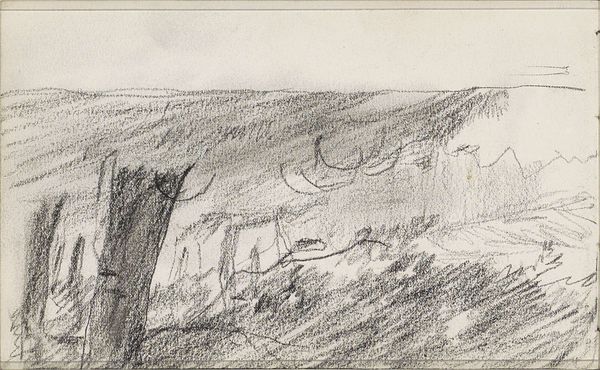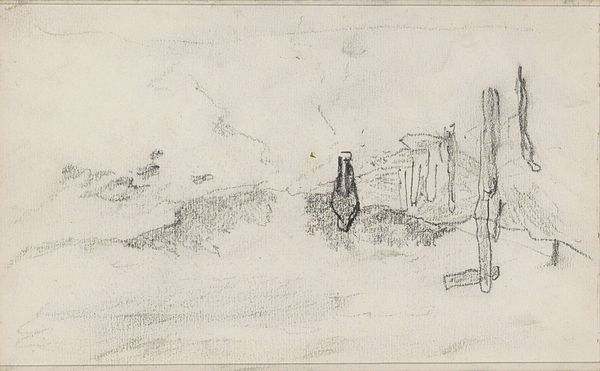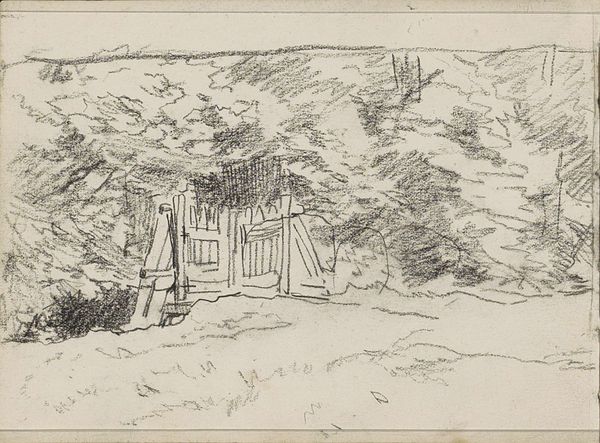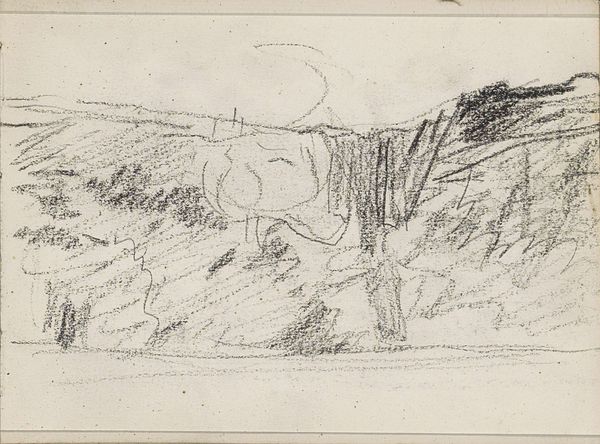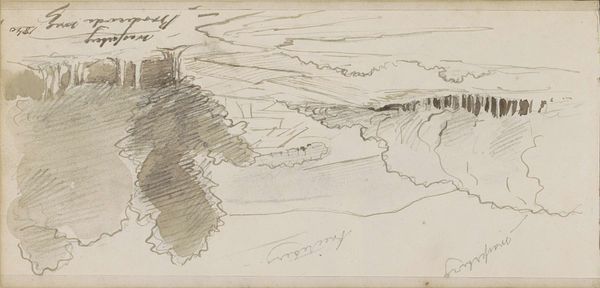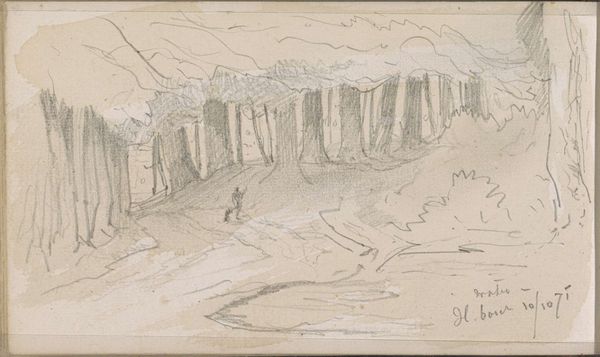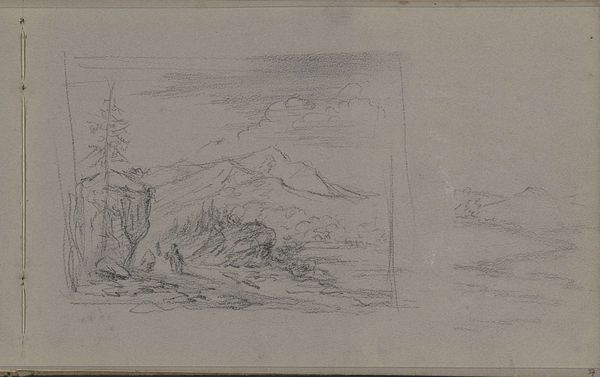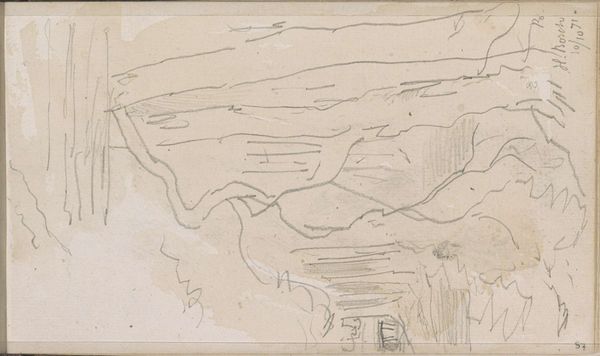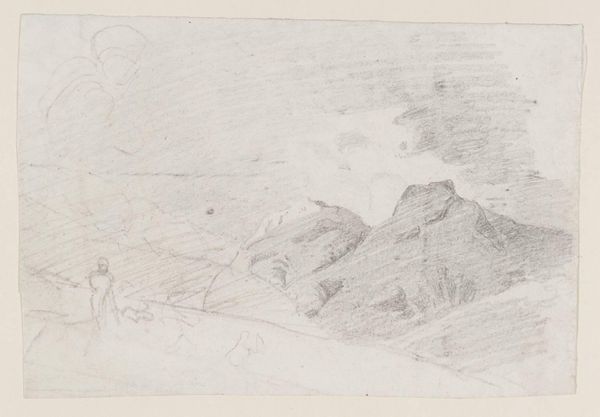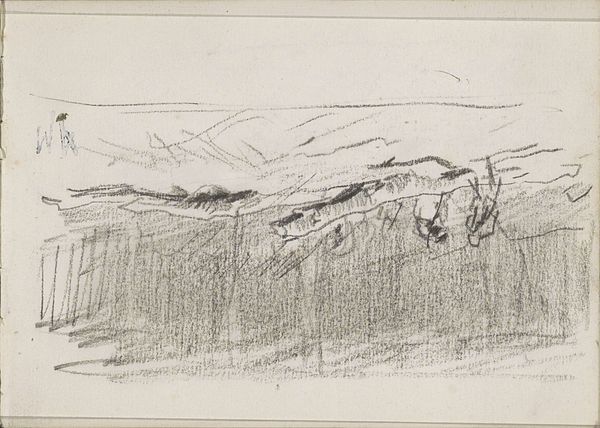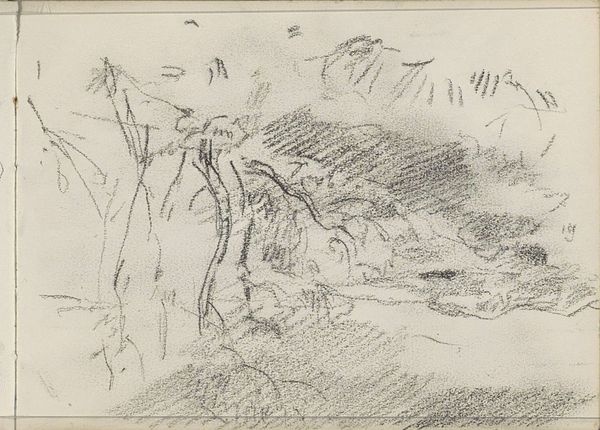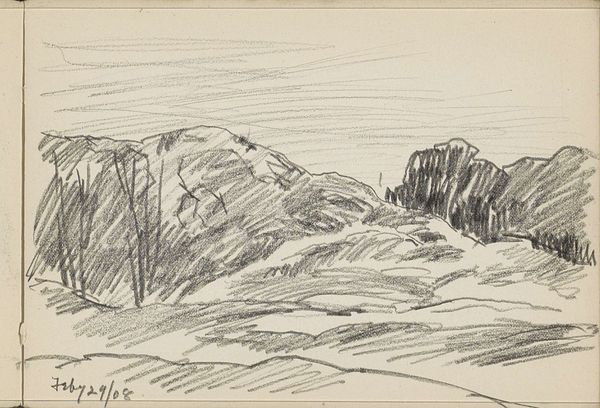
drawing, pencil
#
drawing
#
dutch-golden-age
#
landscape
#
pencil
#
realism
Copyright: Rijks Museum: Open Domain
This is Anton Mauve’s “Landschap,” housed here at the Rijksmuseum. Mauve, working in the Netherlands during the 19th century, employed pencil on paper to create this landscape. Mauve was part of the Hague School, a group of Dutch artists who sought to capture the simplicity of rural life and the natural beauty of the Dutch landscape. This drawing reflects a broader cultural interest in national identity and the romanticization of the countryside, at a time when the Netherlands was undergoing rapid urbanization and industrialization. The loose pencil strokes invite us into a sensory experience, capturing the subtleties of light and atmosphere. Mauve was a key figure in the art world, and his family connections reveal much about the dynamics of the art world at the time. He was, for instance, Vincent van Gogh's cousin-in-law, playing a crucial role in Vincent’s early artistic development. Mauve’s personal life and artistic choices were deeply entwined with the cultural values of his time. He sought to depict an authentic, idealized version of Dutch life, one that resonates with both nostalgia and a deep appreciation for the natural world.
Comments
No comments
Be the first to comment and join the conversation on the ultimate creative platform.
